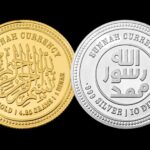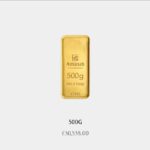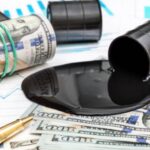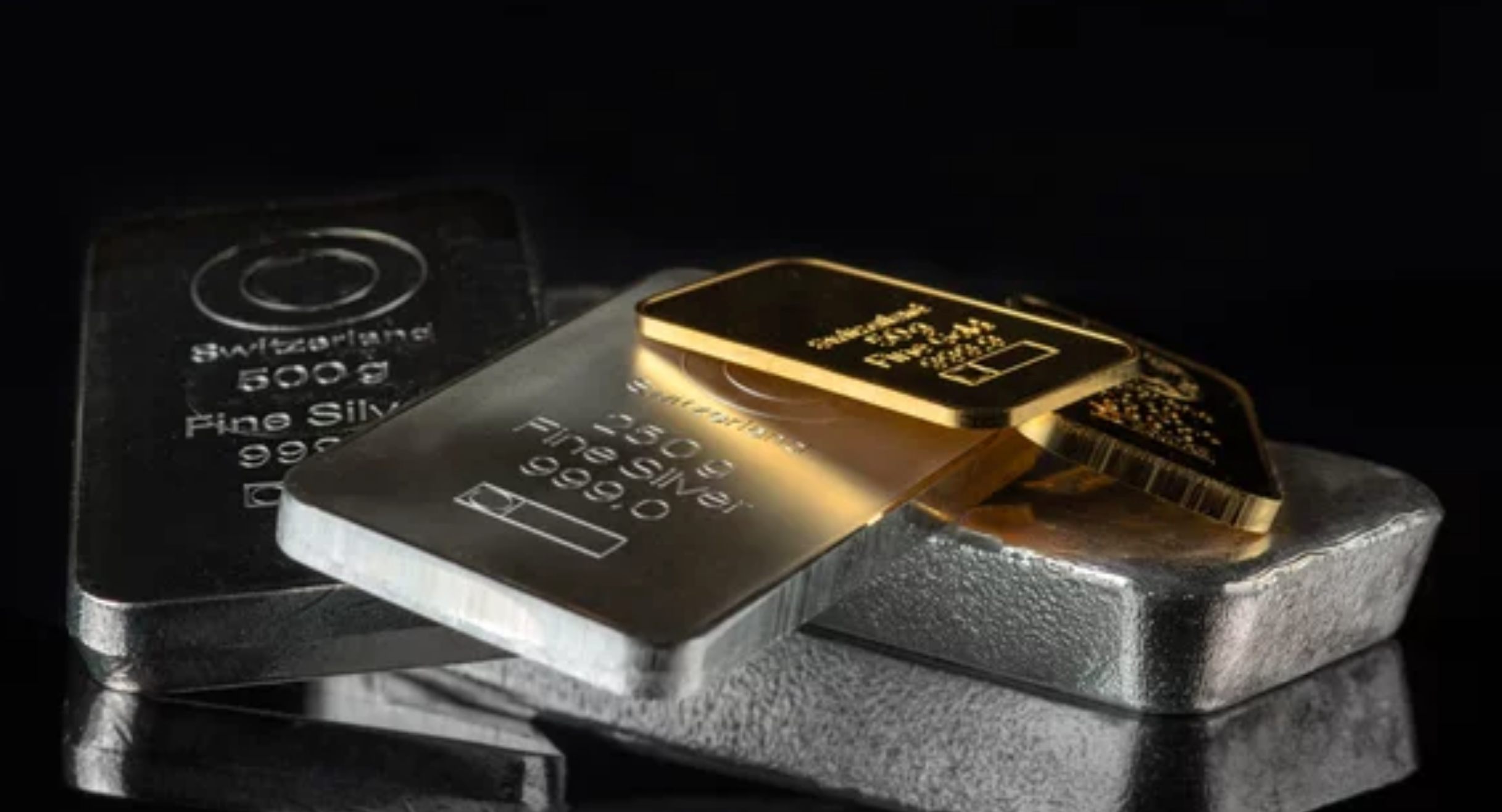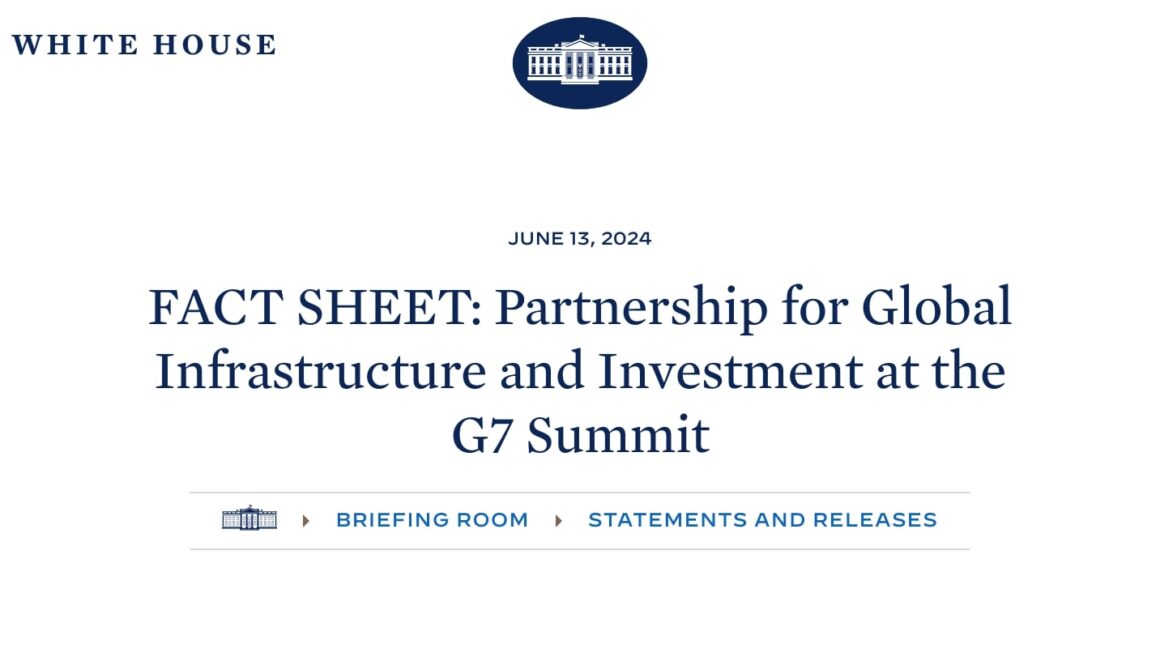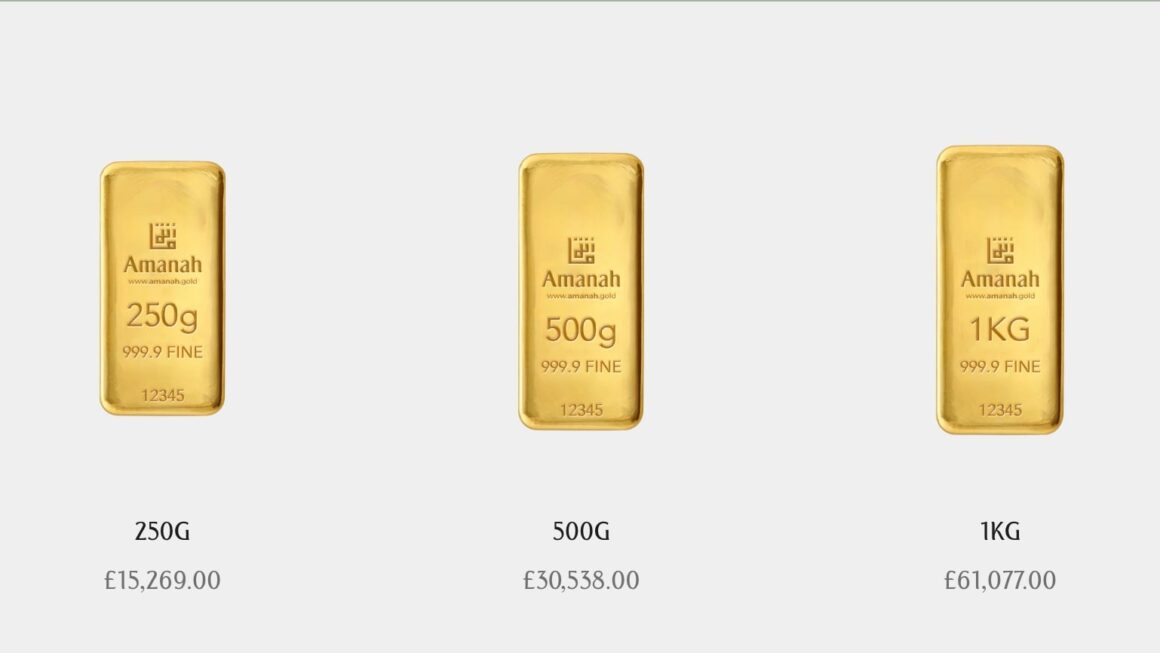Article Outline
- Introduction
- Understanding Gold and Silver Prices
- Factors Influencing Gold and Silver Prices
- Impact of Strong Employment Data on Gold and Silver Prices
- Impact of CPI Data on Gold and Silver Prices
- The Bullish Case for Precious Metals
- Hedge Against Inflation
- Safe-Haven Asset
- Diversification Benefits
- The Importance of Timing in Participating in Precious Metals
- How to Participate in Precious Metals
- Physical Gold and Silver
- Gold and Silver ETFs
- Gold and Silver Mining Stocks
- Conclusion
Gold and Silver Prices: Actively Bullish Despite Strong Employment and CPI Data
Gold and silver, often regarded as safe-haven assets, have displayed impressive performance despite robust employment and Consumer Price Index (CPI) data. This unexpected strength in precious metals suggests a bullish outlook and underscores the importance of timely participation in this market. In this article, we will explore the factors influencing gold and silver prices, examine the impact of strong employment and CPI data on these commodities, discuss the bullish case for precious metals, highlight the significance of timing in participating, and provide insights into how to engage with gold and silver effectively.
Introduction
Gold and silver have long been valued for their intrinsic beauty and historical significance. Additionally, these precious metals have served as reliable stores of wealth and hedges against economic uncertainties. In recent times, despite positive economic indicators such as strong employment figures and rising CPI, gold and silver prices have demonstrated resilience and provided investors with attractive returns.
Understanding Gold and Silver Prices
Before delving into the impact of employment and CPI data, it is crucial to comprehend the factors that influence gold and silver prices. These factors include supply and demand dynamics, economic conditions, geopolitical tensions, currency fluctuations, central bank policies, and investor sentiment.

Impact of Strong Employment Data on Gold and Silver Prices
Strong employment data often suggests a robust economy and potential interest rate hikes, which could be perceived as negative for non-yielding assets like gold and silver. However, in contrast to conventional expectations, gold and silver prices have remained firm despite positive employment figures. This peculiar behaviour can be attributed to various reasons.
Firstly, while strong employment data indicates a healthy economy, it also raises concerns about potential inflationary pressures. Investors often turn to precious metals like gold and silver as a hedge against inflation. As a result, increased demand for these commodities can outweigh any negative impact from rising interest rates.
Secondly, gold and silver prices are influenced by market sentiment and expectations. If investors anticipate the Federal Reserve to respond to inflationary pressures by implementing accommodative monetary policies, it can fuel optimism for precious metals and support their prices.
Impact of CPI Data on Gold and Silver Prices
The CPI is a widely used measure of inflation and is closely monitored by investors. A higher-than-expected CPI reading can generate uncertainty and lead to increased interest in gold and silver. These metals have historically demonstrated their ability to maintain value during periods of rising prices, making them attractive options for preserving purchasing power.
Furthermore, the CPI data not only influences market sentiment but also impacts central bank decisions. If inflationary pressures persist, central banks might delay interest rate hikes or implement measures to support the economy. Such actions can contribute to a favourable environment for gold and silver.
The Bullish Case for Precious Metals
Despite strong employment and CPI data, the case for investing in gold and silver remains bullish. These precious metals offer several advantages for investors looking to protect and grow their wealth.
Hedge Against Inflation
Inflation erodes the purchasing power of fiat currencies over time. As the prices of goods and services rise, the value of traditional currencies decreases. Gold and silver, on the other hand, have a long history of preserving value during inflationary periods. By investing in these metals, individuals can hedge against the erosion of their wealth and maintain purchasing power.
Safe-Haven Asset
During times of economic uncertainty and market volatility, investors seek safe-haven assets that provide stability and act as a store of value. Gold and silver have traditionally fulfilled this role, offering a reliable refuge for investors during turbulent times. Their scarcity and universal acceptance make them highly sought after when markets falter.
Diversification Benefits
Diversification is a fundamental principle of investing. By spreading investments across different asset classes, individuals can reduce risk and potentially enhance returns. Including gold and silver in an investment portfolio can diversify risk because these metals often have a low correlation with other asset classes, such as stocks and bonds. When other investments decline, the value of gold and silver may rise, providing a counterbalance and protecting overall portfolio performance.
The Importance of Timing in Participating in Precious Metals
While the bullish outlook for gold and silver is compelling, timing is crucial when entering the market. Precious metals, like any other investment, can experience fluctuations in price. To maximise potential returns, it is essential to identify favourable entry points and avoid chasing after momentum.
Investors should consider monitoring market trends, conducting thorough research, and consulting with financial professionals to determine the optimal time to participate. Waiting for a dip in prices or a consolidation period may provide more advantageous entry points, allowing investors to buy at relatively lower prices.
How to Participate in Precious Metals
There are various avenues for participating in the gold and silver markets, each with its own advantages and considerations.
Physical Gold and Silver
Investors can acquire physical gold and silver in the form of bullion coins, bars, or jewellery. Owning physical metal provides a tangible asset that can be stored securely or displayed. However, considerations such as storage, insurance, and liquidity should be taken into account.
Gold and Silver ETFs
Exchange-Traded Funds (ETFs) offer a convenient way to gain exposure to gold and silver without owning physical metal. These funds track the performance of gold or silver prices and can be bought and sold on stock exchanges like individual stocks. ETFs provide liquidity and flexibility for investors, making them an attractive option for those seeking exposure to precious metals.
Gold and Silver Mining Stocks
Investing in gold and silver mining companies allows individuals to participate indirectly in the precious metals market. Mining stocks offer the potential for leveraged returns compared to physical metal or ETFs. However, they also carry additional risks related to operational performance, management decisions, and geopolitical factors.
Conclusion
Despite strong employment and CPI data, gold and silver prices have displayed strength, indicating a bullish outlook for these precious metals. With their ability to act as a hedge against inflation, provide a safe haven during economic uncertainties, and offer diversification benefits, gold and silver remain attractive investment options. However, timing is crucial when participating in the market, and individuals should consider various investment vehicles such as physical metal, ETFs, and mining stocks. By carefully assessing market conditions and making informed decisions, investors can harness the potential of gold and silver to safeguard and grow their wealth.





